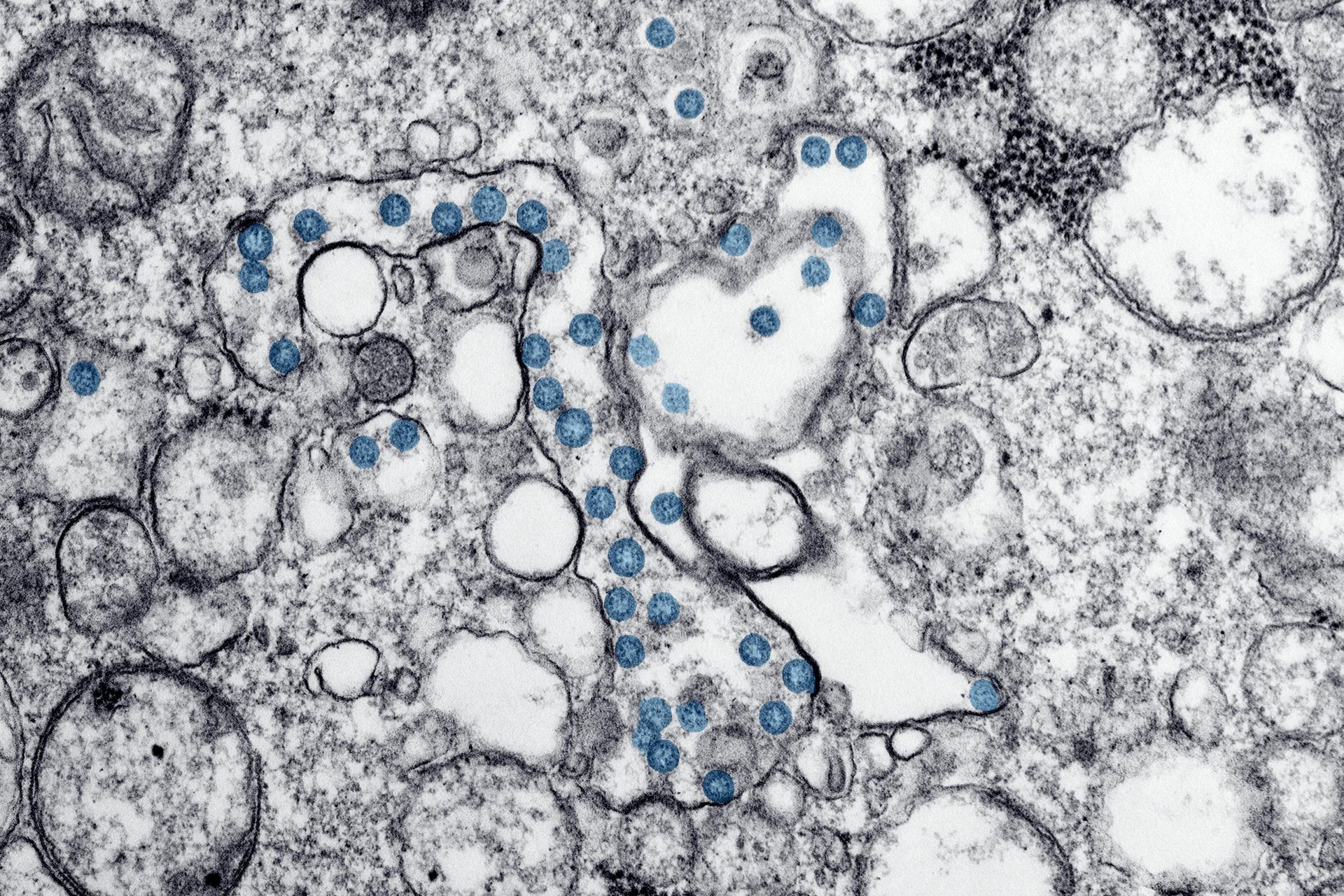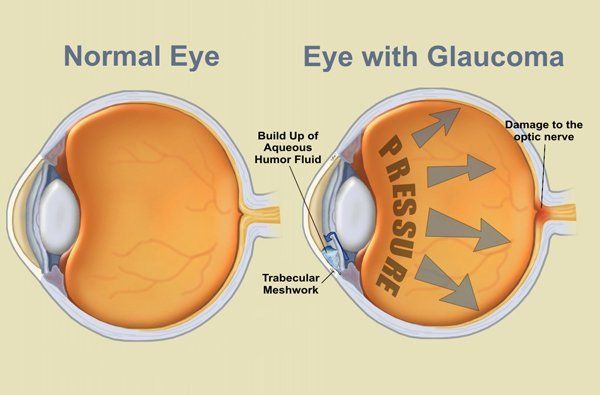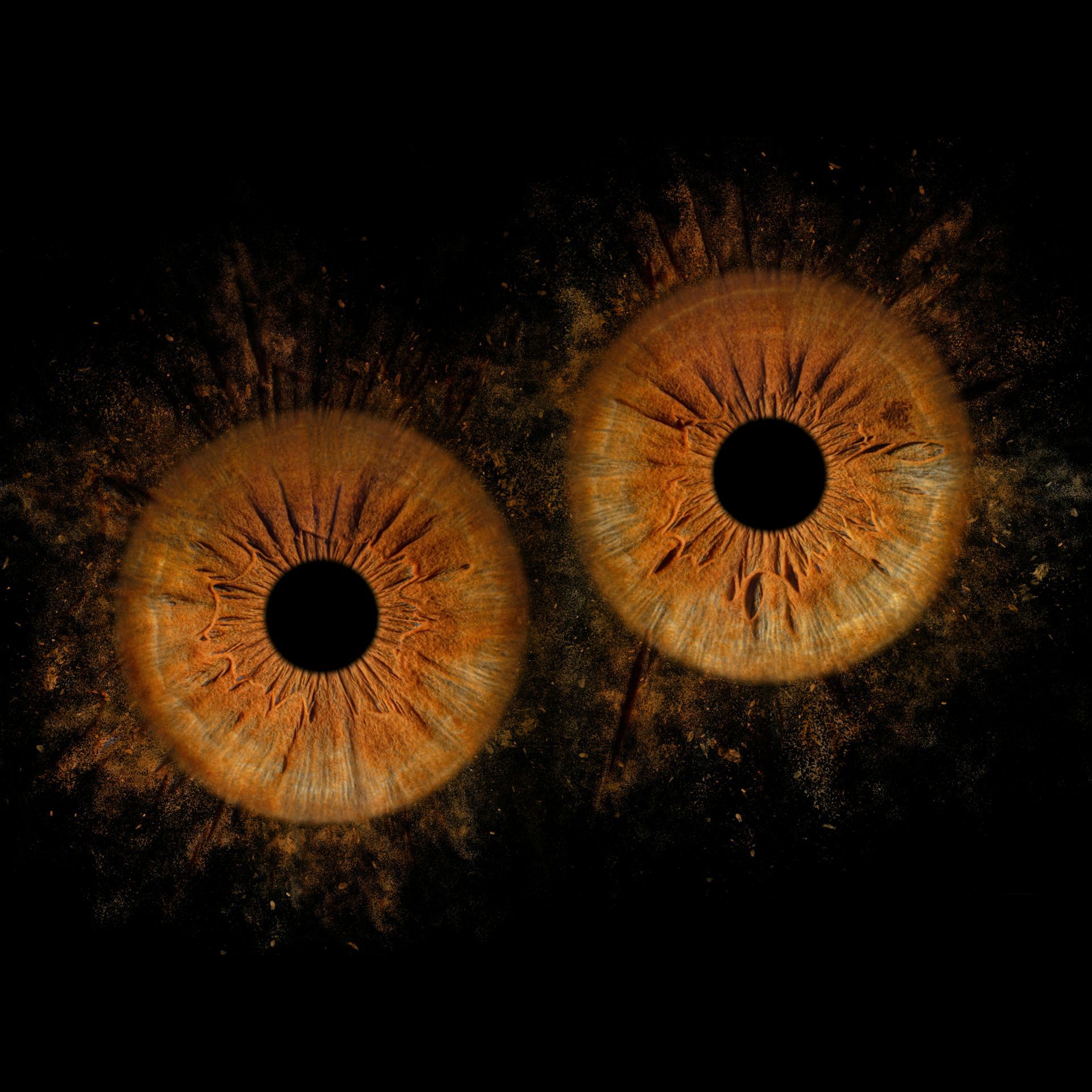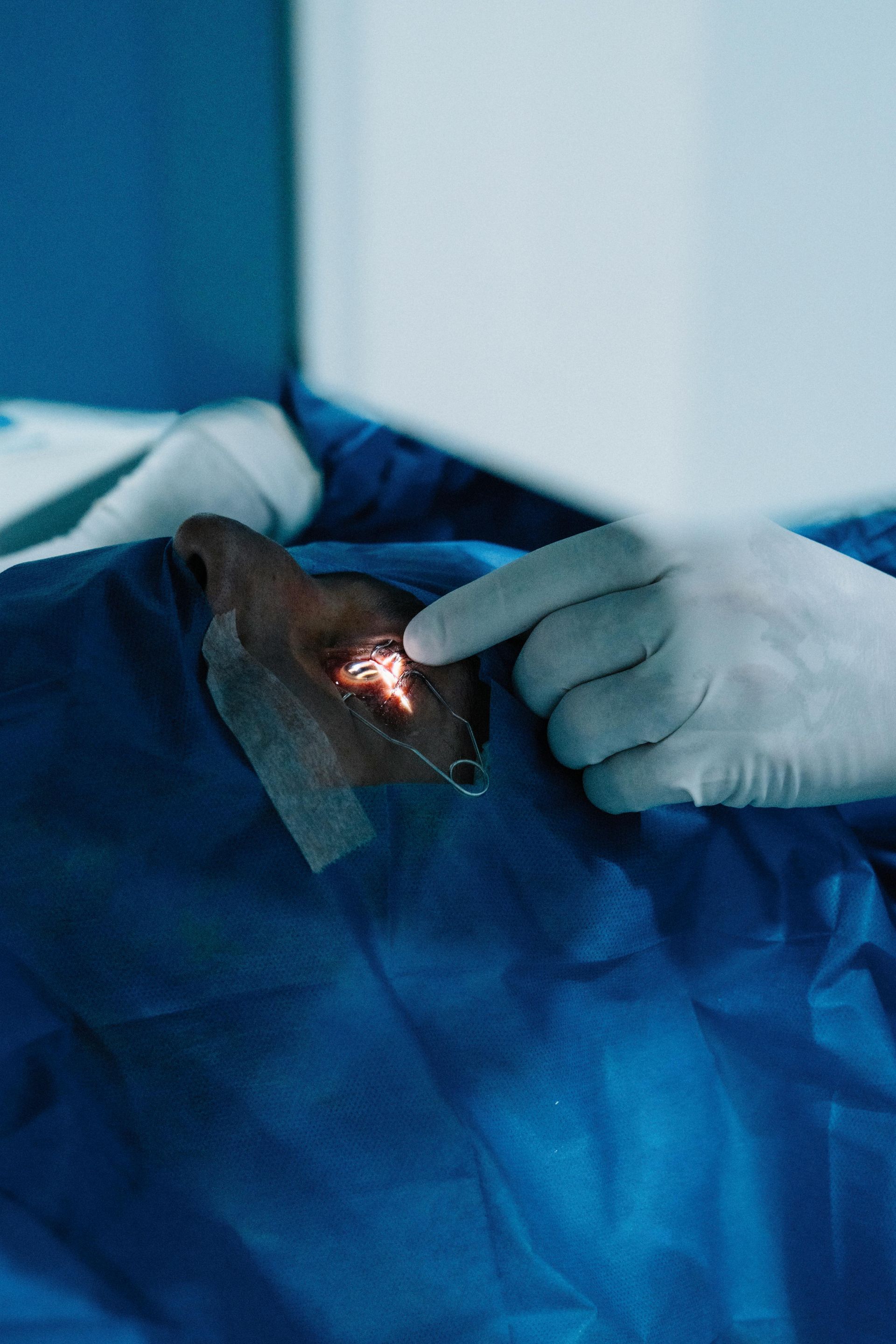Dry-eye: The latest update
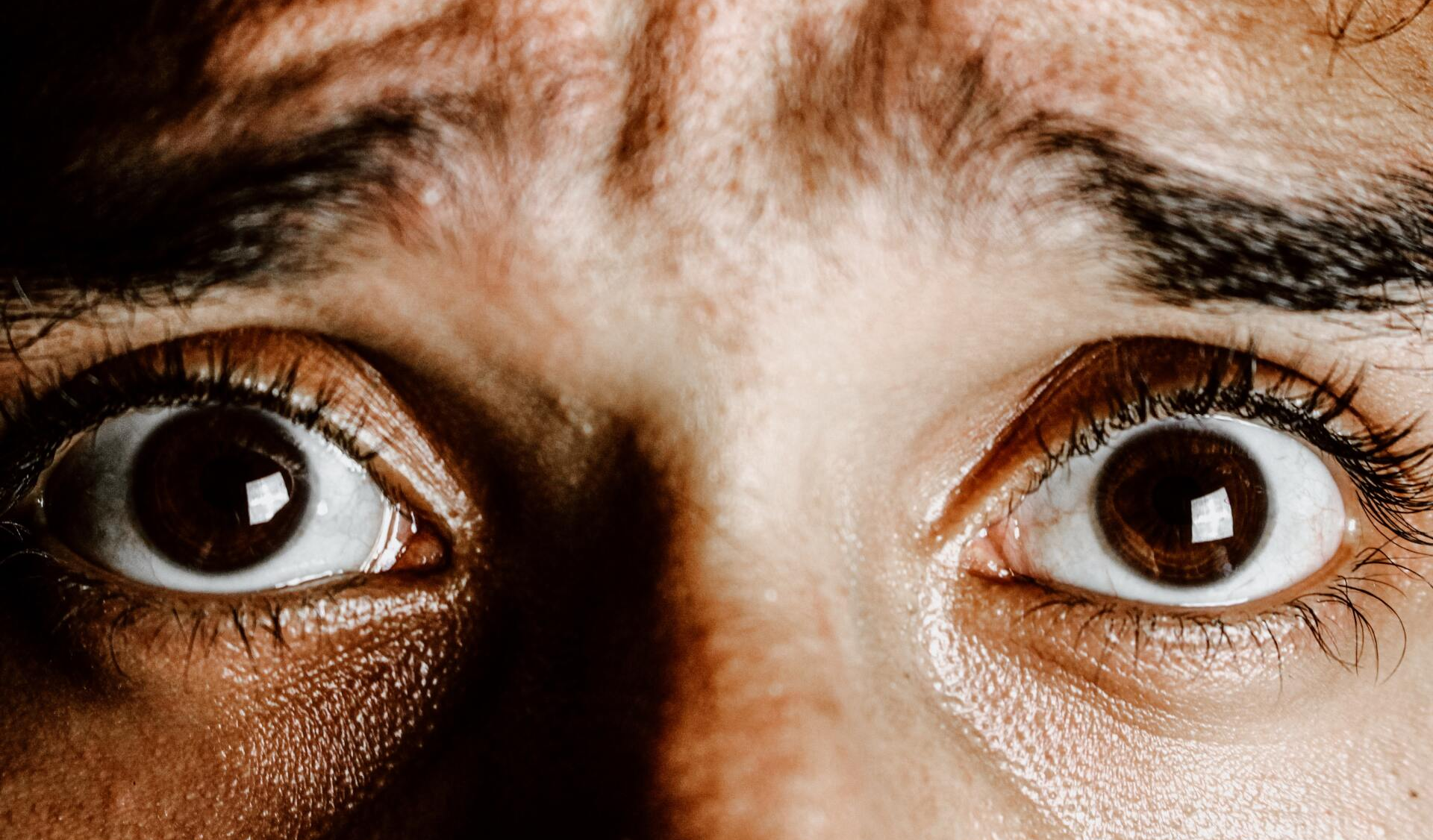
Blog vol 6.12. The report: DEWS III, finally here!
In 2017, the Dry Eye Workshop (DEWS) II Report was published by the Tear Film and Ocular Surface Society (TFOS)(there is a “society” for everything:). This report was a great summary of dry eye disease, embracing the varied nature of the disease and the need for a more nuanced approach, as well as providing helpful algorithms for patient care.
We devoured that report and have based our standard of practice on its findings. Then 2020 hits and a “tiny” inconspicuous virus, COVID 19, flips our world upside down. The COVID epidemic was not pleasant, mostly from a human, social interaction perspective. We had more people on screens than ever before, and a lot of them young (either for Zoom, Facetime, or Hollow Knight), with the end result of a lot of staring at an LED light source with very little blinking. DED, formerly a problem of the elderly and health-compromised, had become ubiquitous.
We have been actively treating Dry Eye Disease (DED) ever since. The DEWS II report recommended using a dry eye questionnaire when patients enter your practice. We found that this was not necessary as many patients were walking in with some degree of Dry Eye Disease and we did our exams with that in mind.
The DEWS II report confirmed that there are essentially two causes of Dry Eye Disease: tear insufficiency and/or poor tear quality. So we have been measuring lacrimal gland production, tear osmolarity (the amount of dissolved solute in your tears), tear break up time, tear volume, as well as analyzing the Meibomian glands in every possible way and manner.
Treatments will vary depending on the cause and severity of the disease, from something as simple as non-preserved eye lubricants and improved daily lid hygiene, to more involved lid treatments like Zest and Ilux, and when necessary, a referral for autologous serum drops with your own growth factors included.
The DEWS III report was released in June, 2025 and is a literature review of over a 1,000 research papers related to Dry Eye Disease. They drew up three algorithms: on tear film deficiency, eyelid anomalies, and ocular surface abnormalities. This breakdown helps the care provider to provide treatment specific to the patient’s case. The report incorporated the findings of the TFOS Lifestyle Report of 2023, reminding us all that what you do with your day, the environment you work in, your daily habits are all critical when it comes to dry eye. Read here.
A great review and reminder to keep at it. As with all chronic conditions, it is mostly a matter of diligence.
Severe dry eye is not pleasant. With the prevalence of the problem and the work being done, relief may be on the way. In the meantime, consider your day, are you helping your eyes?
‘til next week,
The good doctor


